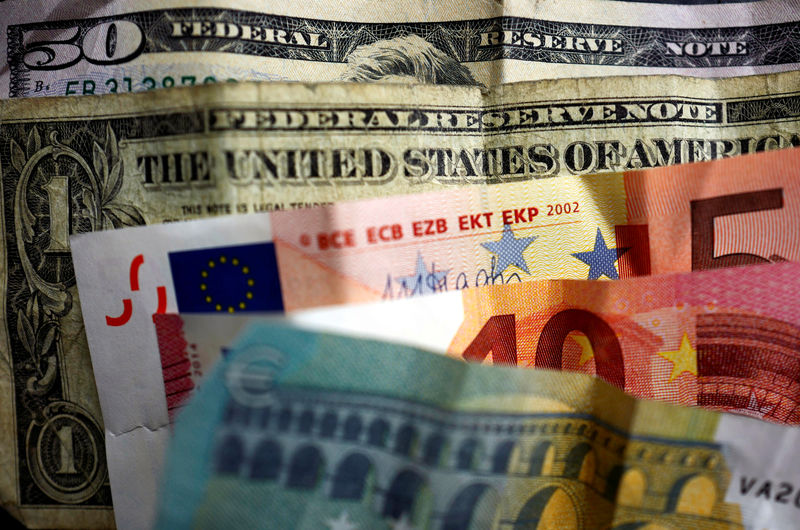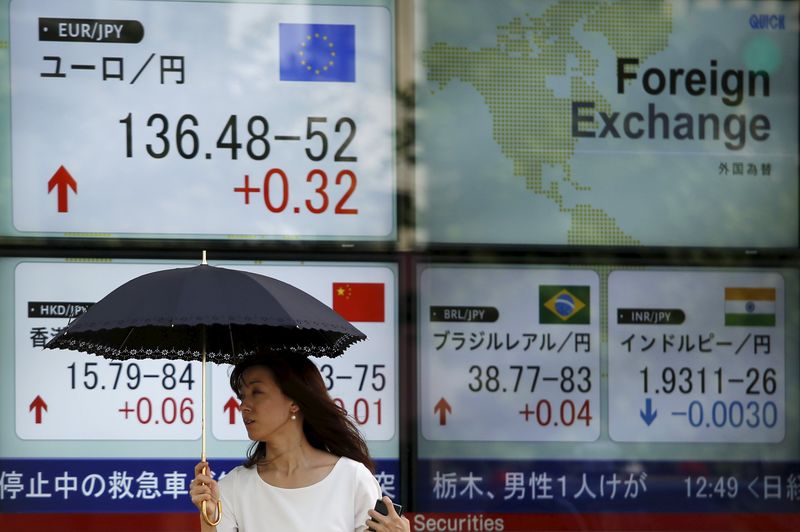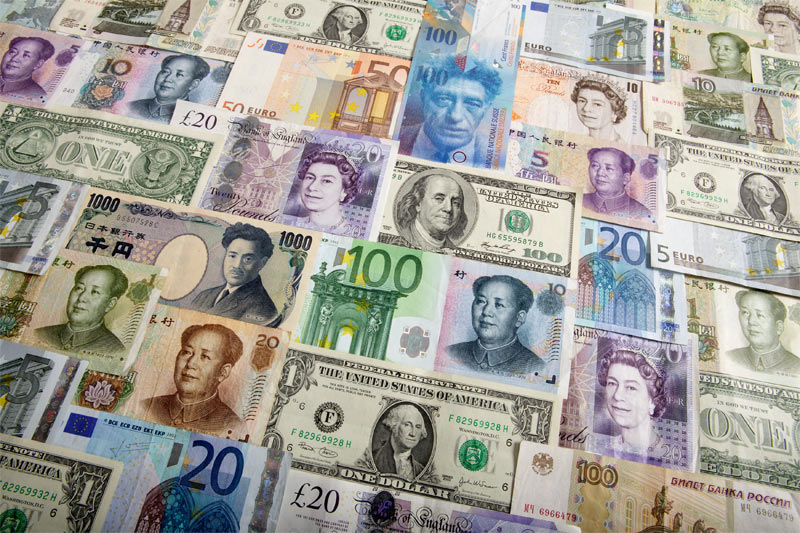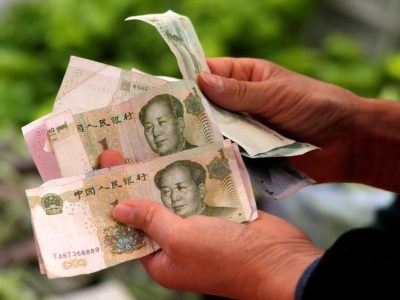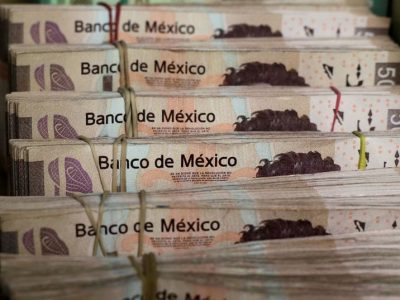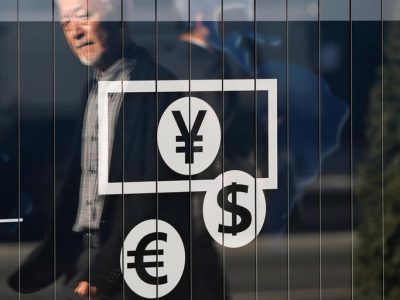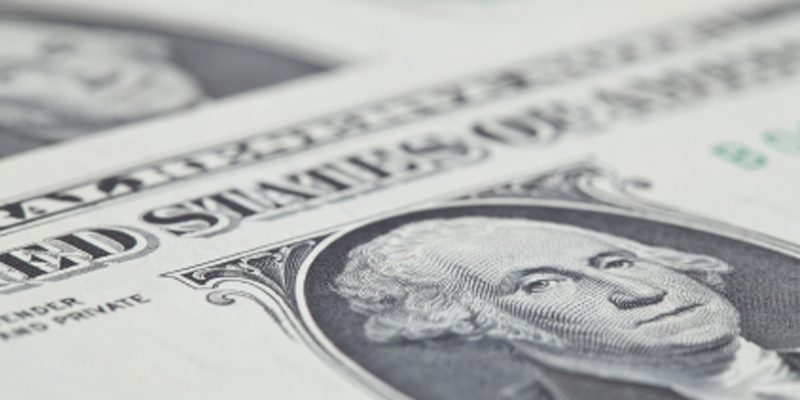
Investing.com – The U.S. dollar rose Tuesday to a four-month high as traders continued to position for the new Trump administration and a more restrictive Federal Reserve.
At 04:00 ET (09:00 GMT), the Dollar Index, which tracks the greenback against a basket of six other currencies, traded 0.3% higher to 105.740, its highest level since the beginning of July.
Trump trade boosts dollar
The dollar has been in demand for most of the last week as traders continued to pile into trades seen as benefiting from the incoming Donald Trump administration.
The Republican Party is likely to control both houses of Congress when Trump takes office in January, which would make it easier for him to push an agenda of slashing taxes while introducing potentially inflationary tariffs and immigration policies.
This has seen the market pare the odds of a quarter point Federal Reserve interest rate cut in December to about 69% from nearly 80% a week ago, according to CME Group’s (NASDAQ:CME) FedWatch Tool.
“There is an emerging narrative that unlike in 2016, when Donald Trump was unprepared for office, this time around he plans to hit the ground running in January,” said analysts at ING, in a note.
“To some degree that supports the extension of the Trump trades right now and tends to subdue the investment thesis that it will take his administration a year to deliver any major initiatives – as was the case in 2017.”
Euro faces further losses
In Europe, EUR/USD dropped 0.3% to 1.0623, with the single currency trading near an almost seven-month low, as traders react to the incoming US administration as well as regional economic weakness.
Trump has warned that the euro bloc will “pay a big price” for not buying enough American exports, raising the possibility of a trade war with a region which is already struggling economically.
German inflation, harmonized to compare with other European Union countries, rose to 2.4% in October, confirming preliminary data, after having risen by 1.8% year-on-year in September.
While the European Central Bank policy makers wouldn’t want to see inflation in the eurozone’s largest economy rise above their 2% target price once more, this is unlikely to stop the easing of monetary policy once more into the year-end.
The shared currency is also feeling additional pressure from political uncertainty in the bloc’s biggest economy, Germany.
“EUR/USD looks ready to test 1.0600, below which our end-year target at 1.05 beckons,” added ING.
GBP/USD fell 0.4% to 1.2814, after the UK unemployment rate increased by more than expected in September, data showed Tuesday, rising to 4.3% in the three months to September, from 4.0% in the three months to August.
Signs of a cooling labor market have occurred after the Bank of England cut interest rates last week, for the second time this year.
BoE Governor Andrew Bailey makes an important Mansion House speech on Thursday, as traders look for monetary policy guidance in the wake of the Labour government’s expansionary budget.
Yuan slips to three-month low
USD/CNY climbed 0.3% to 7.2375, with the yuan weakening, falling to a three-month low, after Beijing’s latest round of fiscal measures largely underwhelmed, especially as China faces increased economic pressure from a Trump administration.
USD/JPY rose 0.2% to 153.94, remaining close to recent three-month highs, keeping traders on guard over any potential government intervention.
The Japanese currency has been battered by increased political uncertainty in Japan after the country’s ruling Liberal Democratic Party lost its parliamentary majority last month, sparking more uncertainty over when the BOJ will raise interest rates further.


